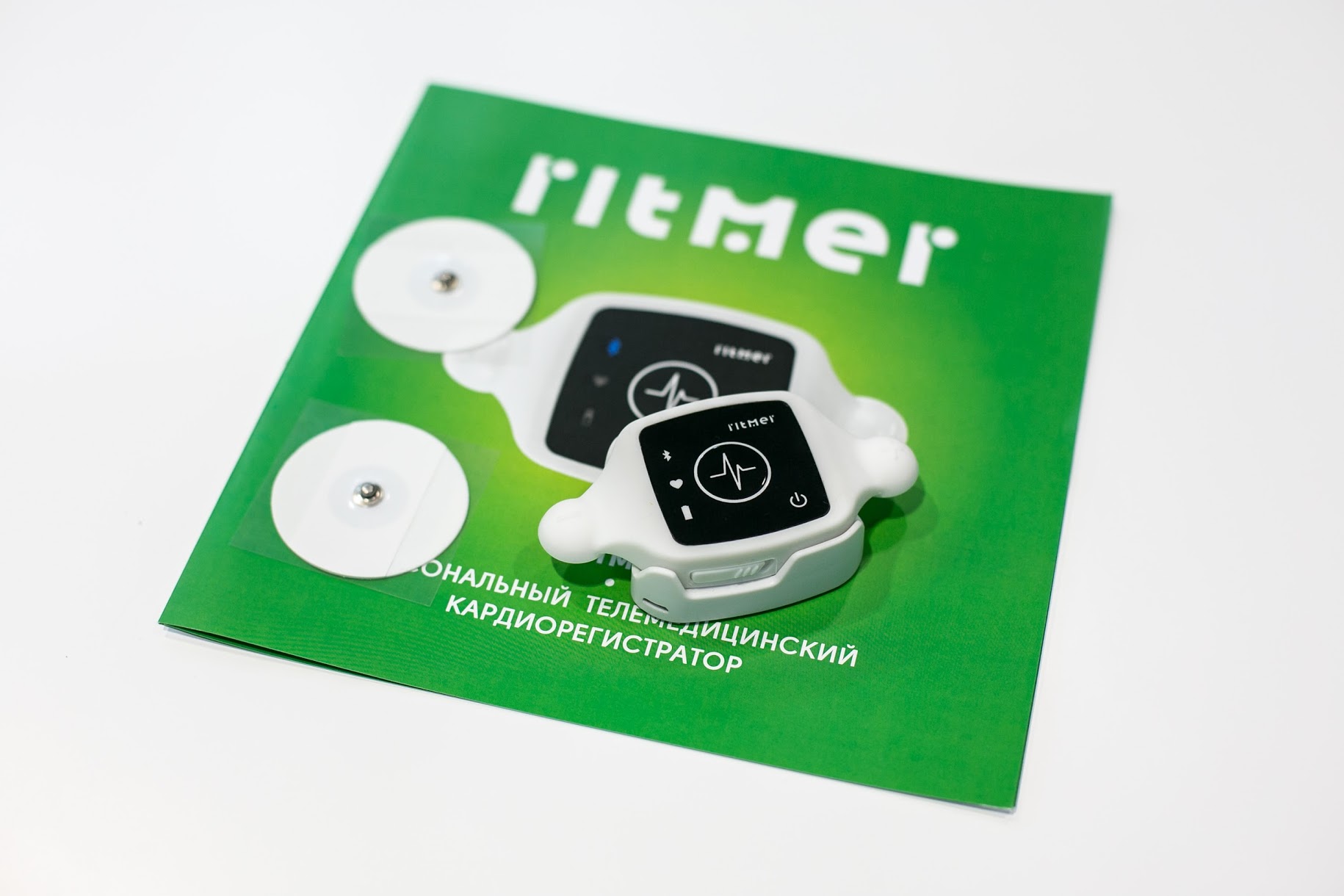
In recent years, special focus is made on digitalization of healthcare system at the highest level. The pandemic has facilitated these processes and proved that the use of digital technologies in medicine is able to increase the system performance in general.
The recent large-scale research carried out by the Higher School of Economics reviewed the main healthcare digitalization trends. Thus, it was possible to identify the most demanded electronic solutions in this area. Rostec’s companies contribute actively to the development of many of them.
Telemedicine: doctors are always available
According to the latest large-scale research of digital trends in healthcare, telemedicine solutions were among the top-priority technologies. The growing number of Russian people are getting aware of such medical care provision form, associations with “medicine on TV” have gone. In simple words, telemedicine is any remote communication in a medical system using telecommunications technology. This of course predominately means online medical advice for patients.
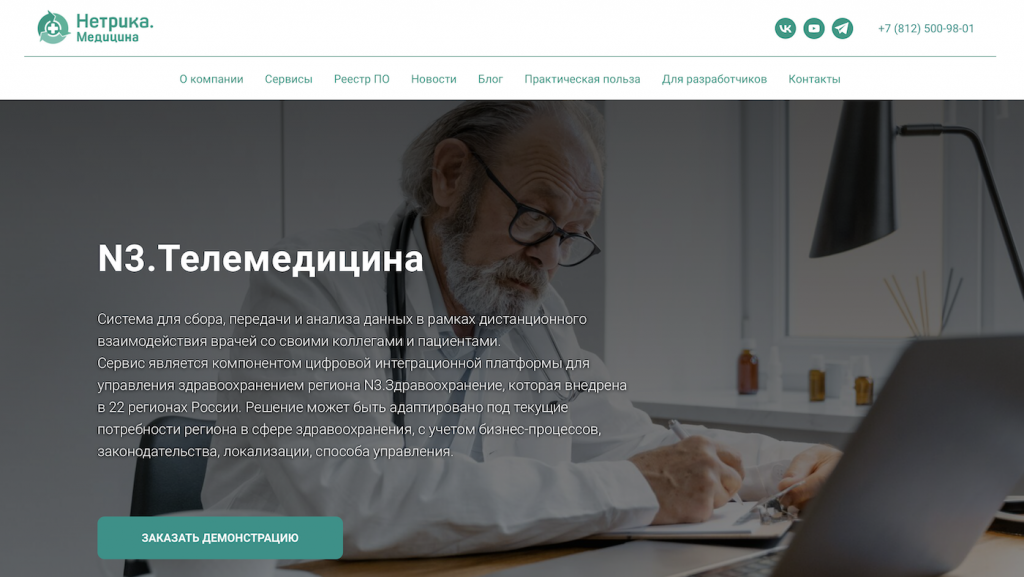
Telemedicine is one of the specialized business areas of Rostec. The Corporation’s portfolio includes proprietary solutions in this area. For example, Vega Concern, Ruselectronics holding, together with Netrika are introducing N3. Telemedicine advice service in Russian regions. The software is easy to use both by doctors and patients. All possible channels are used for remote communication – chat, video communication or simple message exchange. The advantage of this service is in that the patient can get a legally correct medical report after such advice – on a letterhead and electronically signed.
Biosensors: smart medical gadgets
Biosensors have been recognized as another healthcare trend which is increasingly in demand. They mean all wearable gadgets for monitoring: from smart watches to blood pressure monitors. All these small assistants are capable of not only data recording, but also of data sending to the doctor and even of calling an ambulance, if necessary. Such smart monitoring can be of great help for chronically ill patients and elderly people and relieve them from frequent outpatient visits.
Precisely at the height of COVID-19 pandemic, Shvabe has presented Sensorex pulse oximeter capable of continuous oxygen level monitoring. Nobody is surprised at such devices today, but this model has some benefits. First, all readings are stored in the device and, in addition, this data can be downloaded into PC and sent to a doctor online.
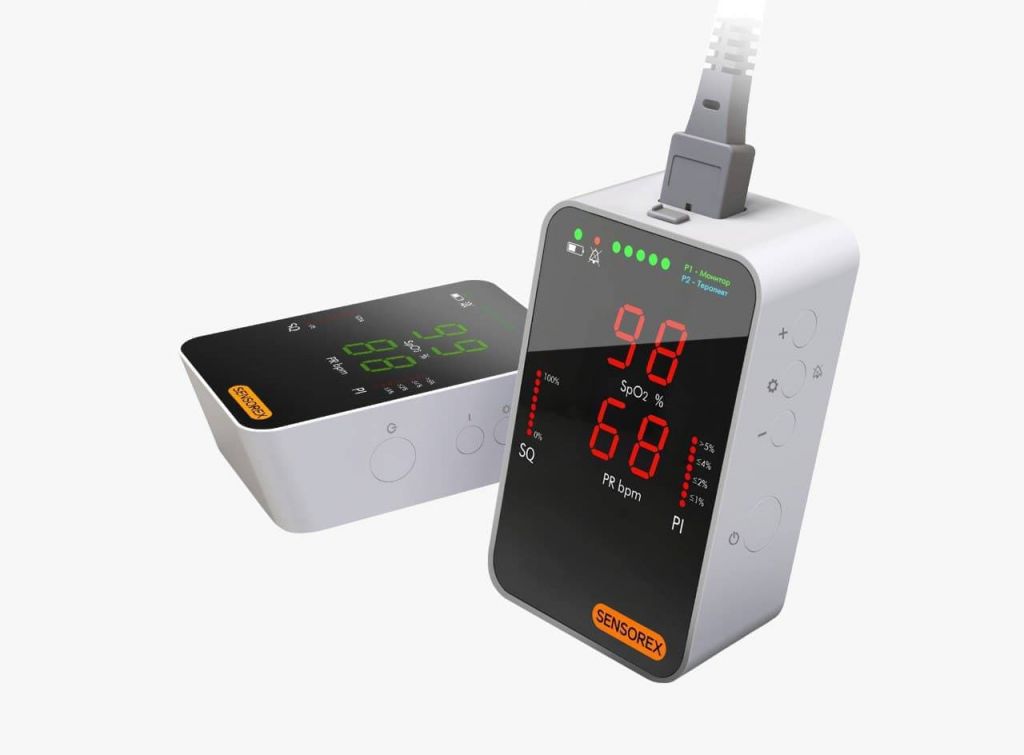
Robotics: new assistants in surgery
Surgery robots appeared as early as in the 2000s and allowed to increase the accuracy of surgery interventions and make them less traumatic, and postoperative recovery of patients takes less time. In particular, 3D visualization and virtual technologies are used in this area. “Rehearsal” using VR surgical simulators is becoming a common practice for surgeons before complex surgery operations. Operation is elaborated for a certain patient by creating a 3D replica.
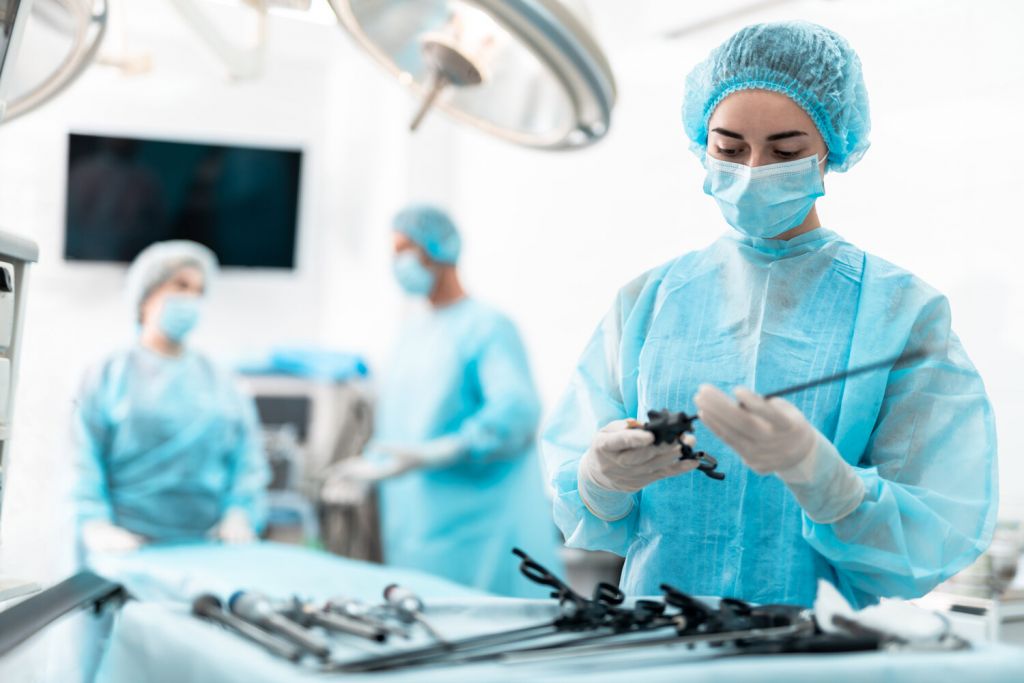
The first Russian-made simulator – Virtual Surgeon – has been made by Rostec’s Samara Electromechanical Plant personnel. Commercial production of such devices is to be launched before the end of the year. The Samara facility is committed to making more than hundred Virtual Surgeons annually.
Digital assistants: from exohand to bionic limbs
Various electronic patient “assistants” – exoskeletons, bionic limbs and neurosimulators – are also among the most demanded developments. These digital solutions enable patients to lead an active life despite the limited capabilities.
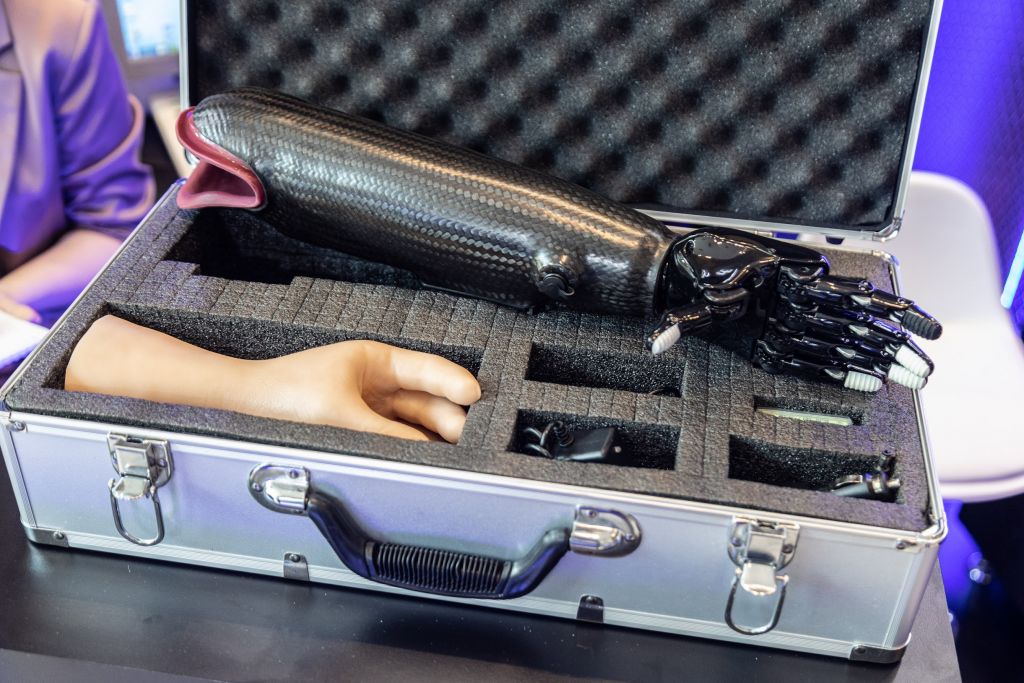
Rostec’s companies are focused on such promising business area as bionic limbs. For example, KRET is launching bionic limbs into production. NPO Kvant is to manufacture SmartLi bionic limbs developed by Techbionic in Novgorod. This solution is distinguished by a modular design – it can be easily adapted to a specific patient. All these technologies not only make the patient life easier and sometimes bring patients back to full life, but are also required for the healthcare system itself. Assistive products actually allow to reduce expenses on caretakers and nurses for disabled people.

